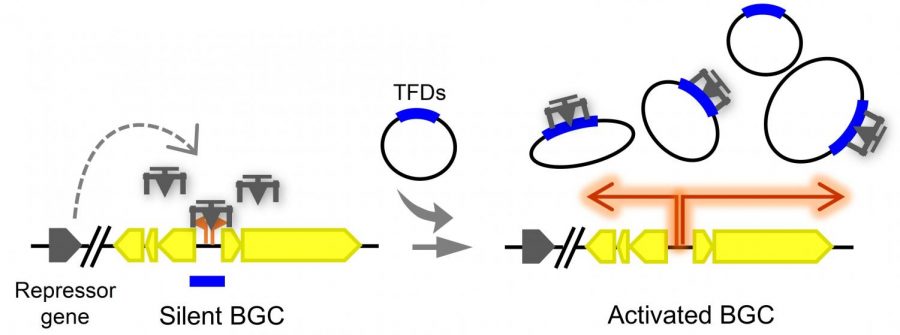Researchers acquire bacterial molecules for use in medicine
January 14, 2019
University researchers recently acquired molecule products from bacteria through activating “silent genes.” The molecules have potential use for drugs but need further research.
Silent genes are genes that were not able to express their functions because of certain proteins. Researchers used Streptomyces, a kind of bacteria, to produce new molecules.
Huimin Zhao, professor in the Department of Chemical and Biomolecular Engineering, said they chose this bacteria because Streptomyces can be prolific to produce small molecules for drugs.
Zhao said they use the bacteria as factories, and they manipulate the genes of the bacteria. Those genes can encode enzymes in the bacteria which can compound basic molecules like glucose, oxygen or water into more complex molecules, which can be used for drugs.
The researchers manipulate genes by activating those “silent genes.”
Get The Daily Illini in your inbox!
Zhao said there are some proteins which stop genes from being expressed and their teams are introduced to decoys that bind them with those proteins and move them from genes. Through this method, researchers can use their targeting genes to encode enzymes.
“This work is really cool because its basic mechanism is not solely to unmute silent gene clusters, but it can also mute active gene clusters, meaning it can reverse the output. So in both ways we can discover new things,” said Guo Fang, postdoctoral researcher in the research team, in an email.
Zhao said other research groups may also be able to use this method as a tool to discover other compounds.
Compared with the controversial topic of gene-editing in the last year, Zhao emphasized they are only interested in the molecules. Although they are modifying genes, they are doing it in a lab environment, not releasing these bacteria into the outside environment.
He also mentioned they are not making new products. He said the molecules they found have existed in the organism, and what they did is trigger the process to produce those molecules in the lab.
“It can be produced somewhere else or in some very different conditions, but they can’t be produced naturally, just not now, maybe in the ancient time,” said Bin Wang, postdoctoral researcher in the research team.
For now, researchers have developed eight new compound structures. Fang said their research products and methods are only useful for the research community, unless someone can use it to discover powerful compounds that can be finally taken to the drug development stage.
“Later we will do all kinds of bio-analysis, to find out what kind of property the compound may have, could be antimicrobial, could be anticancer, could be antifungal. There are many biological activities, right? Some of our compounds may have, but some of them may not have, so we don’t know the particular compound that we discovered,” Zhao said.







